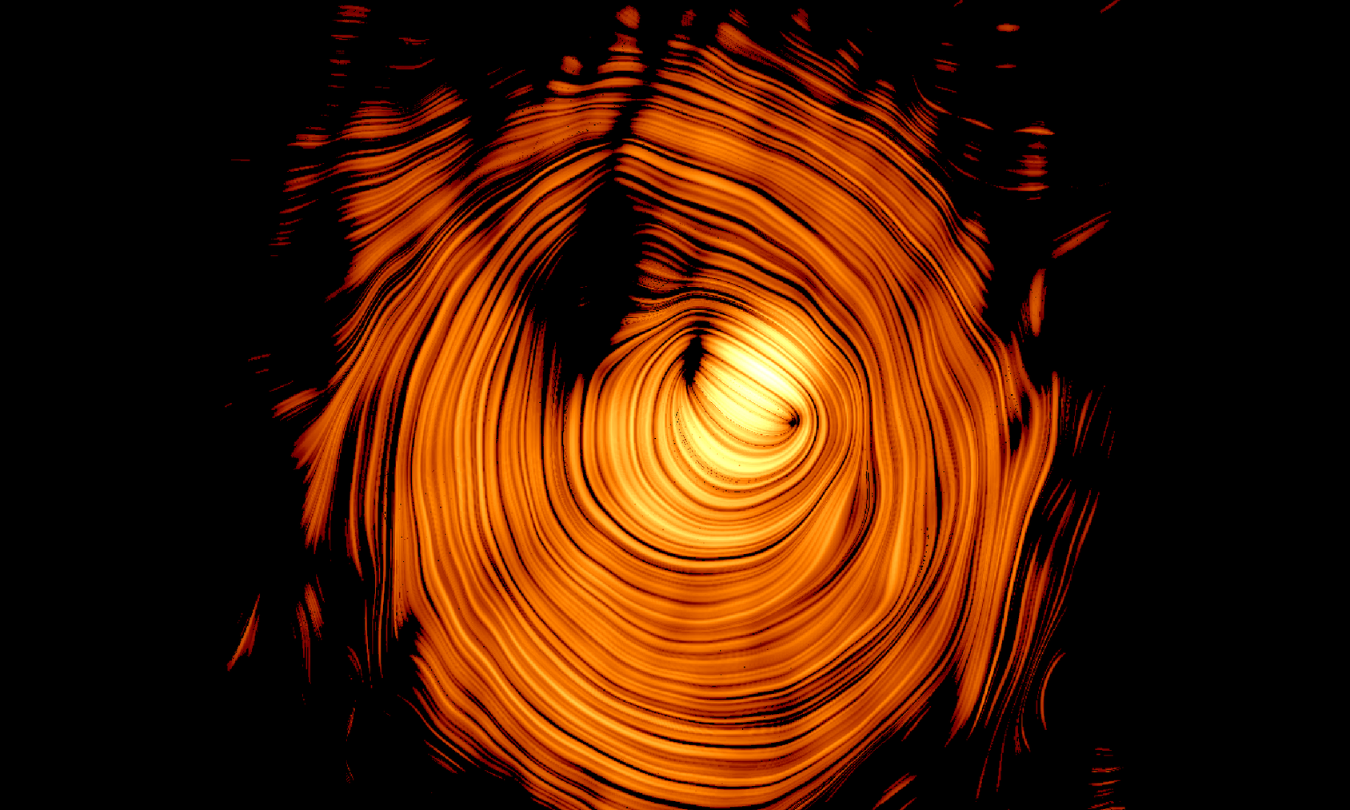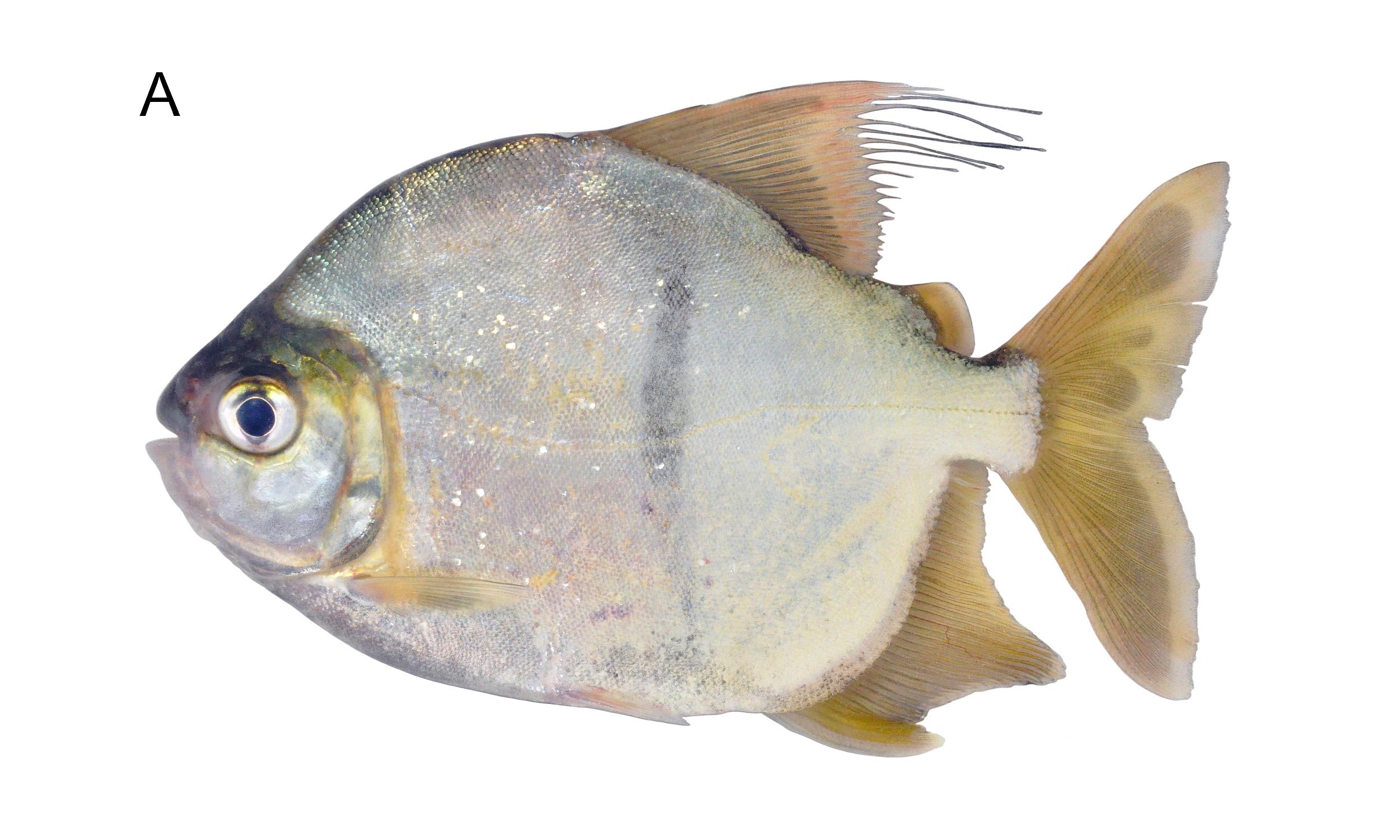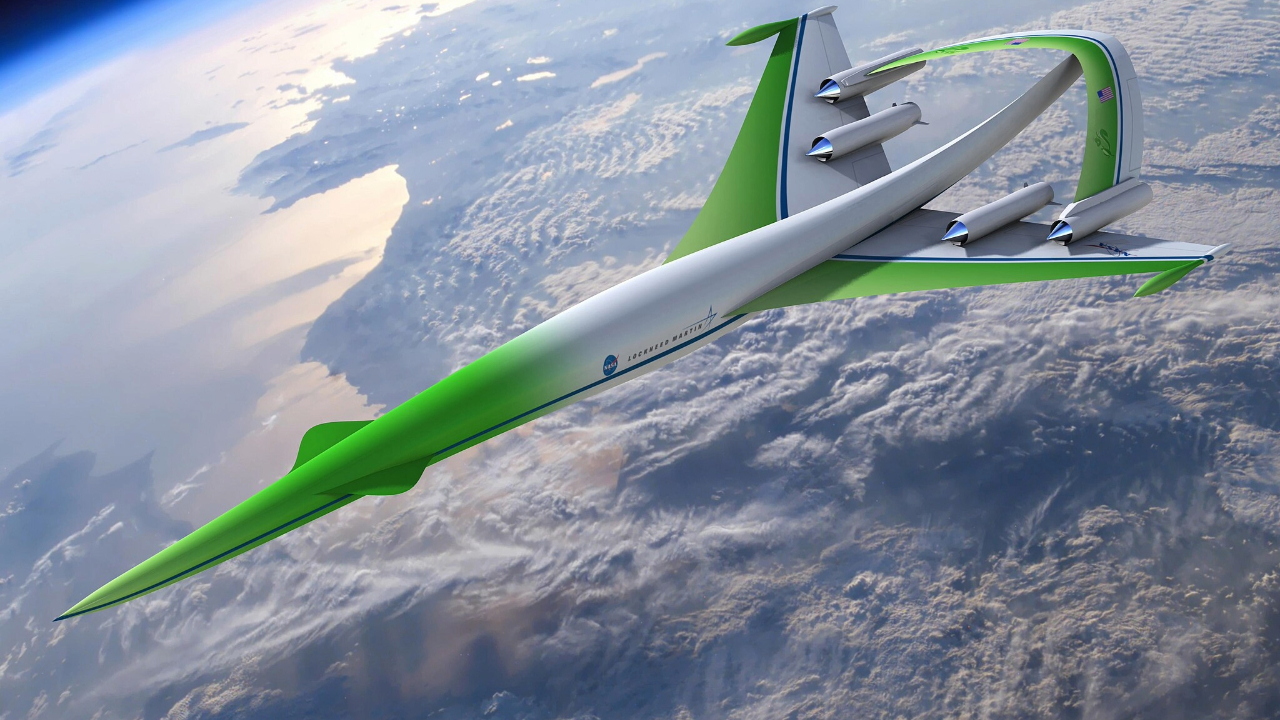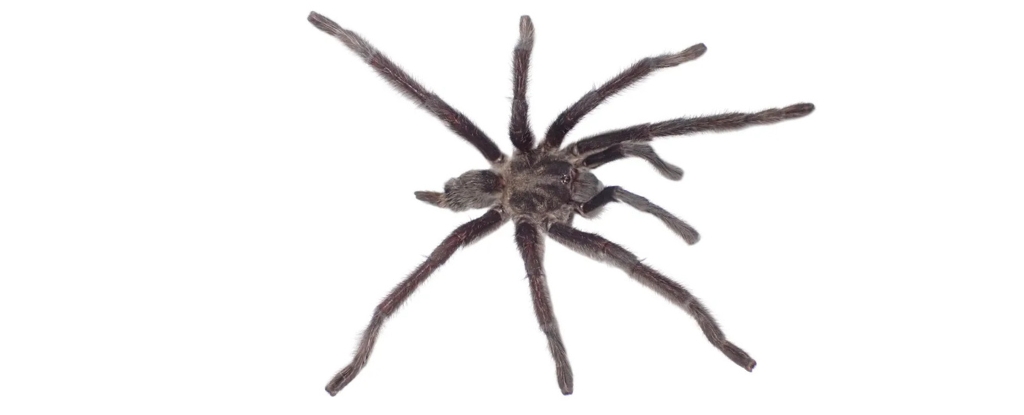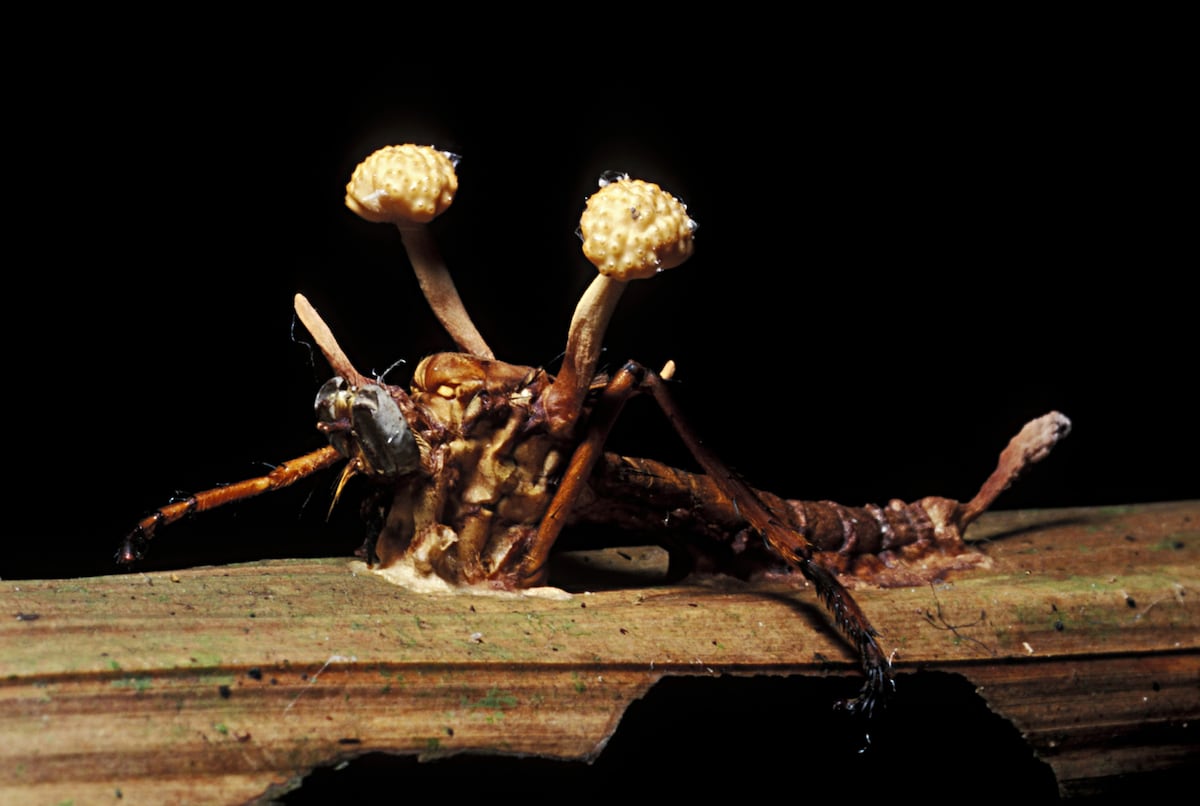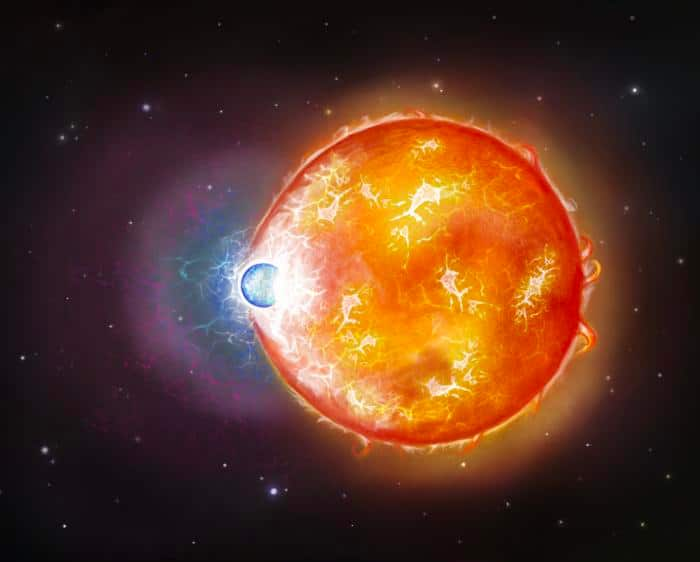The Skull That Defied Classification: A Breakthrough in Ancient DNA

In a remarkable discovery that sheds light on the mysteries of human evolution, the skull known as Dragon Man has been linked to the Denisovan lineage, an ancient group of archaic humans. This skull was uncovered in 1933 by a laborer in Harbin, a city in northeastern China, who stumbled across the large human-like skull while working on a bridge. Recognizing its potential significance, the laborer hid the skull in an abandoned well, ensuring it remained unknown to the scientific community for over 80 years. It wasn’t until shortly before his death in 2018 that he disclosed its existence to his family, who subsequently donated it to Hebei GEO University.
Upon thorough analysis, researchers determined that the skull dates back at least 146,000 years. They proposed a new species name, Homo longi, drawing inspiration from the region's Black Dragon River, known as Heilongjiang. The skull exhibits a range of distinctive features including flat cheekbones, a substantial braincase, prominent brow ridges, and an oversized tooth—traits that do not align precisely with any known human species. Initially, some experts speculated that the skull could belong to the Denisovans, a group recognized primarily through a limited number of bone fragments and teeth, predominantly found in Denisova Cave in Siberia.
The breakthrough confirmation came under the leadership of Dr. Qiaomei Fu, a geneticist at the Chinese Academy of Sciences who was also involved in the initial identification of Denisovans in 2010. Her team faced multiple challenges extracting DNA from the skull’s bone and teeth. However, they turned to a less conventional source—hardened dental plaque. This innovative approach yielded mitochondrial DNA fragments that bore a close resemblance to the Denisovan genome.
The findings, which have been documented in two significant studies published in the journals Cell and Science, also include an independent protein analysis from the skull’s petrous bone, further confirming its Denisovan identity. Dr. Fu expressed her excitement by stating, “This is the first time we’ve linked a full skull to the Denisovans using molecular evidence. It finally puts a face to a name that’s been elusive for 15 years.”
Denisovans were first identified through a 66,000-year-old pinkie bone discovered in Siberia and are considered a sister group to Neanderthals, sharing a common ancestor with modern humans approximately 600,000 years ago. While genetic evidence of Denisovans has been discovered in contemporary populations, their physical characteristics remained largely speculative until now.
The reconstruction of the Harbin skull reveals a tall male with a broad mouth, wide nose, large teeth, and a brain size comparable to or even larger than that of modern humans and Neanderthals. Experts believe this specimen could represent the most complete Denisovan fossil ever found. Ryan McRae, a paleoanthropologist at the Smithsonian, not involved in the research, remarked, “This is one of the most significant paleoanthropological discoveries of the year. It confirms Denisovans weren’t just a ghost lineage known from DNA, but a real, robust group of ancient humans.”
Despite the skull’s confirmation as a Denisovan, debates continue regarding its scientific classification. Some researchers advocate for the formal designation of the species name Homo longi, given that it represents the first Denisovan fossil with distinct morphological characteristics. In contrast, paleoanthropologist John Hawks argues that Denisovans should be classified within the broader Homo sapiens family, noting their ability to interbreed with both modern humans and Neanderthals. “Whatever we call them, this is a massive leap forward,” Hawks stated in an interview with the New York Times. “The mystery of who the Denisovans were is finally beginning to lift.”
Looking ahead, Dr. Fu is optimistic that this discovery marks just the beginning of a new era in paleontology. She expressed her desire to re-examine other enigmatic fossils found across Asia with newfound insights. Her ultimate goal is to paint a clearer picture of what Denisovans looked like throughout history and how their genetic legacy persists in the DNA of contemporary populations.












